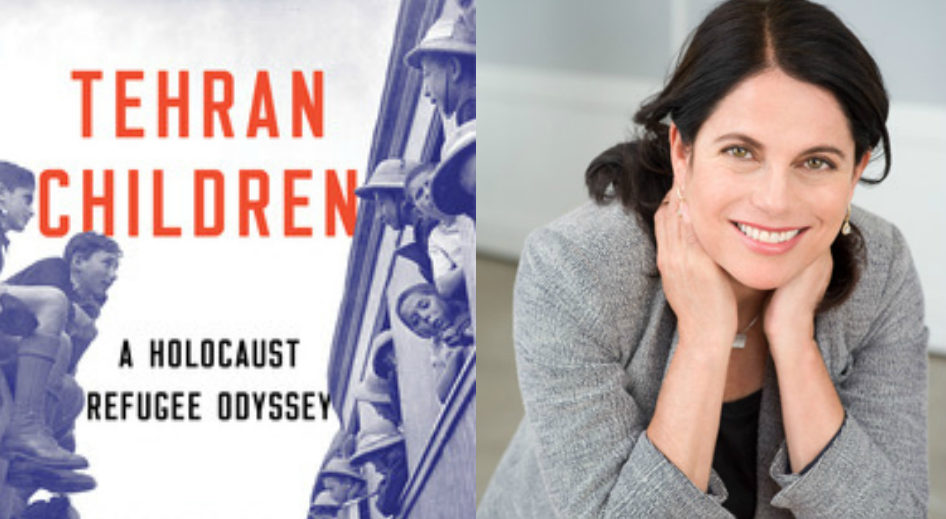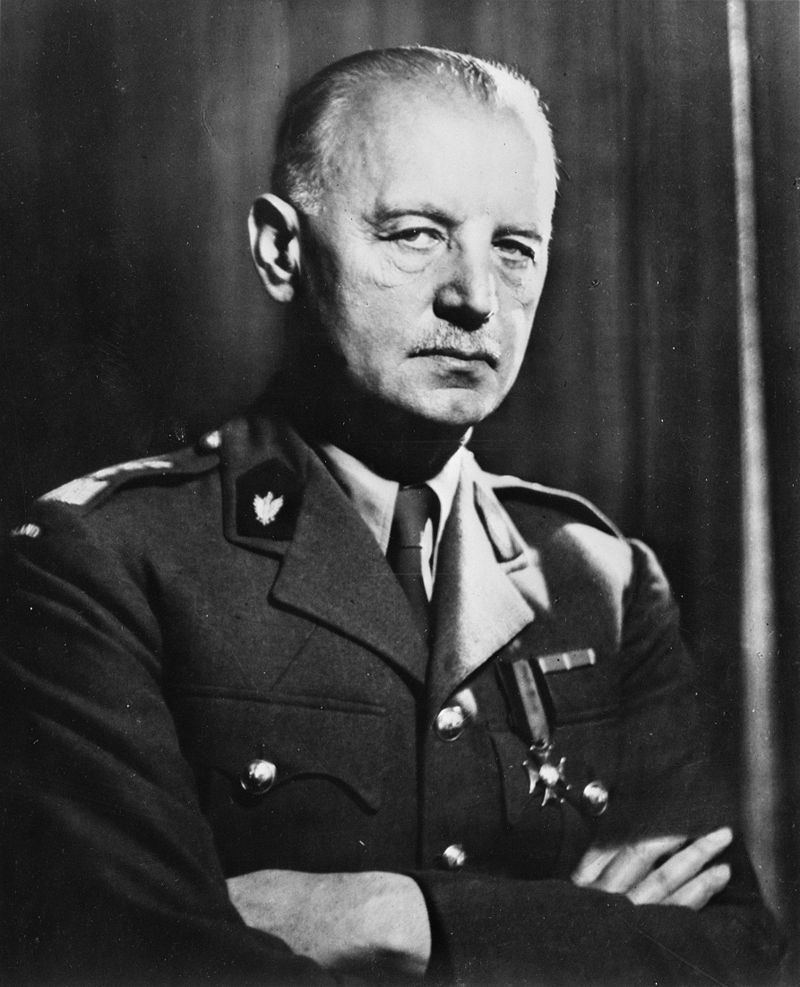The Jews who fled Nazi Germany to finally end up in Iran

It started with an intriguing realisation for Mikhal Dekel. She had known for many years that her father Hannan was a "Tehran Child": a term that describes around 1000 Polish-Jewish children who were evacuated from Tehran to Palestine in 1943. Tehran was just one stop on an odyssey that took them via Siberia, Uzbekistan, Iran, Karachi and Egypt. To many people at the time, the successful rescue operation by the World Zionist Organization seemed to border on miraculous.
But what lay behind this familiar term was something that only began to dawn on the Haifa-born literary studies scholar in 2007, more than ten years after her father’s death. Salar Abdoh, an Iranian colleague at her New York University, drew her attention to an article on the "Tehran Children". "Until that moment, I’d never thought about the Tehran part of that term as an actual place," Dekel admits.
The actual place confused Dekel. How did this story of protection and salvation relate to the anti-Semitism and anti-Zionism of the Iranian regime in more recent times? This is one of the guiding questions in a book that Dekel initially started working on with Abdoh, whose own father had fled from the Islamic Revolution. Dekel describes it as a chance "to bypass the long dead-end road between Israel and the Islamic Republic".
As a result, the first of the book’s nine chapters is a brief summary of the long history of Iranian Judaism. There are currently around 8,500 Jews living in Iran; before 1979, that number was more than 100,000. The rest of the book is a chronological journey through the stopping points in Hanna Teitel’s escape route, which began in Ostrow Mazowiecka, Eastern Poland.
An odyssey from one dictatorship to another

Hannan Teitel (later Hebraicised to Dekel) was one of the eighth generation of his family to be born in the town, in 1927. The family ran a brewery and so were quite well-off. After the transfer of power to the National Socialists, the Teitels – like millions of other Jews – were faced with a dilemma. Five days after the German invasion of Poland, the Teitels fled from Ostrow Mazowiecka towards the Soviet Union. And then, in the course of Stalin’s mass deportations, the Teitels were deported to Siberian labour camps, along with somewhere between 300,000 and two million other people.
The conditions there were inhumane, as we know from the extensive literature on the gulag system. The Teitel family narrowly escaped death from starvation. The situation only began to change in June 1941, when Germany attacked the Soviet Union. In reaction to this, Moscow took up relations with the Polish exile government in London.
Its prime minister Wladysław Sikorski managed to persuade the Soviets to agree to the formation of a Polish army, to support the fight against Hitler’s Germany. At the same time, Polish citizens were released from labour camps and prisons – a glimmer of hope for Hannan Teitel and his family.
From Uzbekistan to Iran with the Polish army
Together with tens of thousands of others, the Teitels made it 4000 kilometres to Uzbekistan. There, the Polish exile army was assembling under the leadership of General Wladysław Anders. The Uzbek population’s willingness to help was in dramatic contrast to the supply situation. The refugees were left to their fate. A number of them died from starvation and disease.
In light of the unsustainable conditions, Wladysław Anders pursued a plan that had huge consequences for Hannan Teitel. The general convinced the Soviet Union to transfer the Polish army, which now numbered around 70,000 men, to Iran – and as many civilians as possible along with them. The previous year, Iran had been occupied by the Soviets and the British. Hannan’s parents sent him on his way with a total of 1000 Jewish children, including his sister and a female cousin.
The ships entered the Iranian port city of Bandar Pahlavi (now Bandar Anzali) on the Caspian Sea between March and August 1942. The Red Cross took care of the emaciated new arrivals, before they were distributed across the country, most of them being sent to the capital, Tehran.
In the camps, which were intended to be provisional, a strong exile culture began to develop. Dekel gives her chapter on this period the trenchant title: "Polish and Jewish Nation Building in Tehran". Schools were founded, cafes, newspapers, even cinemas. To this day, Polish graves in various Iranian cemeteries bear witness to this interwoven past: in the Doulab Catholic cemetery, for example, or the Jewish Beheshtiyeh cemetery in the eastern part of Tehran.
With the help of the World Zionist Organization, the "Tehran Children" were finally brought to Palestine at the start of 1943. Ten thousand non-Jewish Poles, meanwhile, went into exile in East Africa and India. Their stories have recently been told by the historian Julia Devlin and in the documentary "Memory Is Our Homeland", among other places.
Connections with other stories of escape
Dekel consistently interweaves the historical stories, which are based on archive material, interviews and academic studies, with reflections on her own research trips and the process of writing the book itself. She gives plenty of room to her trips to her father’s Polish homeland. The country is a "wound […] by inheritance", a trauma that was almost never spoken about in her family. Her aunt describes how the inhabitants of Ostrow cheered when the Teitels left their brewery behind.
The author also considers the relationship of these events to the current politics surrounding Poland's history. She takes the fact that there is nothing in Ostrow that hints of its substantial Jewish history as symptomatic of the way that the Polish governing party (PiS) has rendered specifically Jewish suffering invisible through its policy of Catholic nationalist commemoration.
It is one of this book’s great strengths that Dekel works out this specificity for all the stops along her father’s journey, and at the same time seeks connections with other stories of escape. The search for analogies does, however, overshoot its target at times, such as when the author segues from her food poisoning while researching in Uzbekistan to the typhus epidemic in the 1940s.
For Dekel, working on "Tehran Children" was an illuminating but also a sobering process, in which she allows the reader to share. The desire to bypass the Israeli-Iranian dead end is not fulfilled. In the light of relativising statements indicating a nationalist Iranian view of history, Dekel terminated her collaboration with Salar Abdoh. It is this courage that guides the author’s work that ultimately contributes to a rewarding read.
Daniel Walter
© Qantara.de 2020
Translated from the German by Ruth Martin